- Your cart is empty
- Continue Shopping
Julldent 133 Dentofacial Analyser
₹6,500.00Current price is: ₹6,500.00. Original price was: ₹7,500.00.
Dentofacial Analyser
Comparison of the Dento-Facial Analyzer System with an earbow for mounting a maxillary cast
72 in stock
Jull-Dent 133 Dentofacial Analyser
Comparison of the Dento-Facial Analyzer System with an earbow for mounting a maxillary cast
Statement of problem
The Dento-Facial Analyzer System (DFA) is used by clinicians to mount maxillary casts and evaluate and treat patients. Limited information is available for understanding whether the DFA should be considered as an alternative to an earbow.
Purpose
The purpose of this study was to evaluate maxillary casts mounted using the DFA with casts mounted using Pana-Mount Facebow (PMF). Both articulation methods were compared against a lateral cephalometric radiograph.
Material and methods
Fifteen dried human skulls were used. Lateral cephalometric radiographs and 2 maxillary impressions were made of each skull. One cast from each skull was mounted on an articulator by means of the DFA and the other by using the PMF. A standardized photograph of each articulation was made, and the distance from the articular center to the incisal edge position and the occlusal plane angle were measured. The distance from condylar center to the incisal edge and the occlusal plane angle were measured from cephalometric radiographs. Finally, the 3-dimensional position of each articulation was determined with a SEMI AUTOMATIC ARTICULATOR. A randomized complete block design analysis of variance (RCBD) and post hoc tests (Tukey-Kramer HSD) (a=.05) were used to evaluate the occlusal plane angle and axis-central incisor distance. A paired 2-sample t test for means (a=.05) was used to compare the X, Y, and Z distance at the right and left condyle.
Results
The DFA and PMF mounted the maxillary cast in a position that was not statistically different from the skull when comparing the occlusal plane angle (P=.165). Both the DFA and the PMF located the maxillary central incisor edge position in a significantly different position compared with the skull (P=.001) but were not significantly different from each other. The 3-dimensional location of the maxillary casts varied at the condyles by approximately 9 to 10.3 mm.
Conclusion
The DFA mounted the maxillary cast in a position that was not statistically different from the PMF when comparing the incisal edge position and the occlusal plane angle. Both the DFA and the PMF located the maxillary incisal edge position in a significantly different position compared with the anatomic position on dried human skulls.
Our Dentofacial Analysers (DFA) are compatible with all Semi Adjustable Articulators(Corident, Sam etc.)
**Provided they have magnetic attachment.
We also have developed DFA compatible with Hanao Articulator.
| Weight | 0.040 kg |
|---|---|
| Dimensions | 10 × 5 × 2 cm |
Only logged in customers who have purchased this product may leave a review.


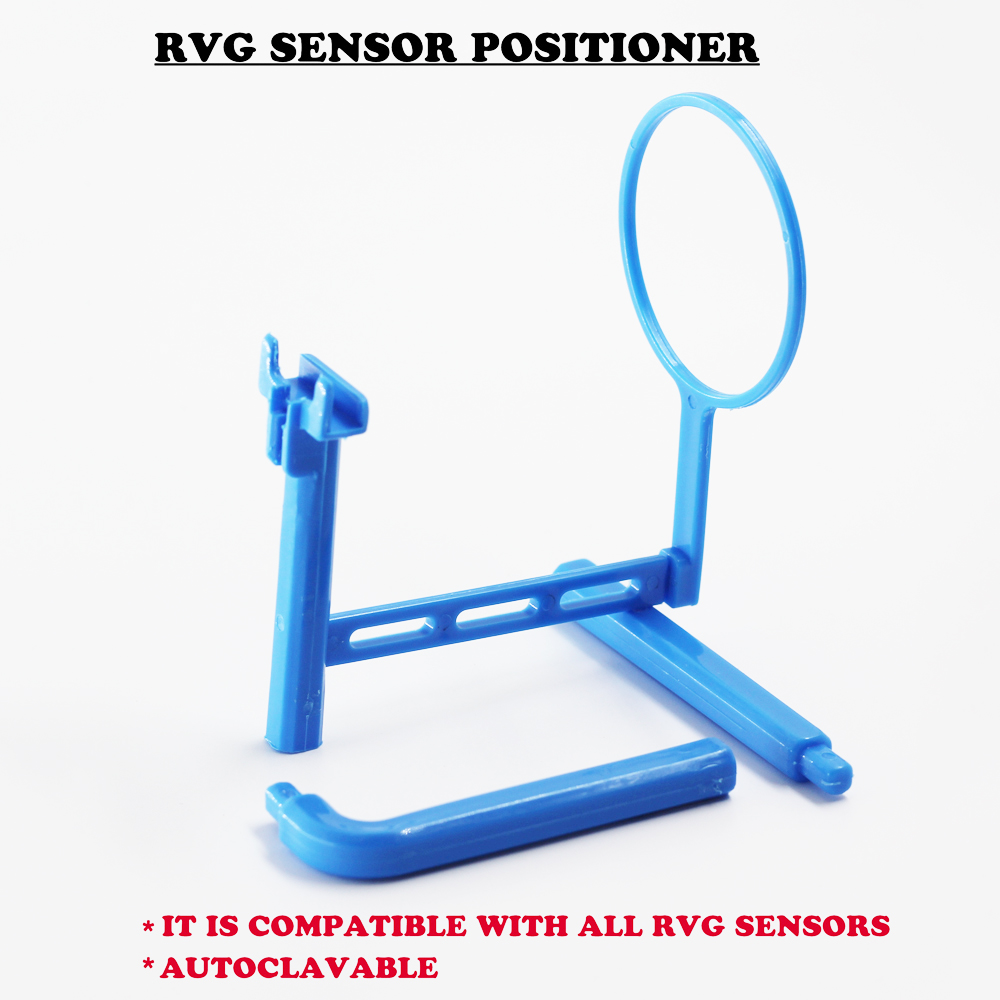





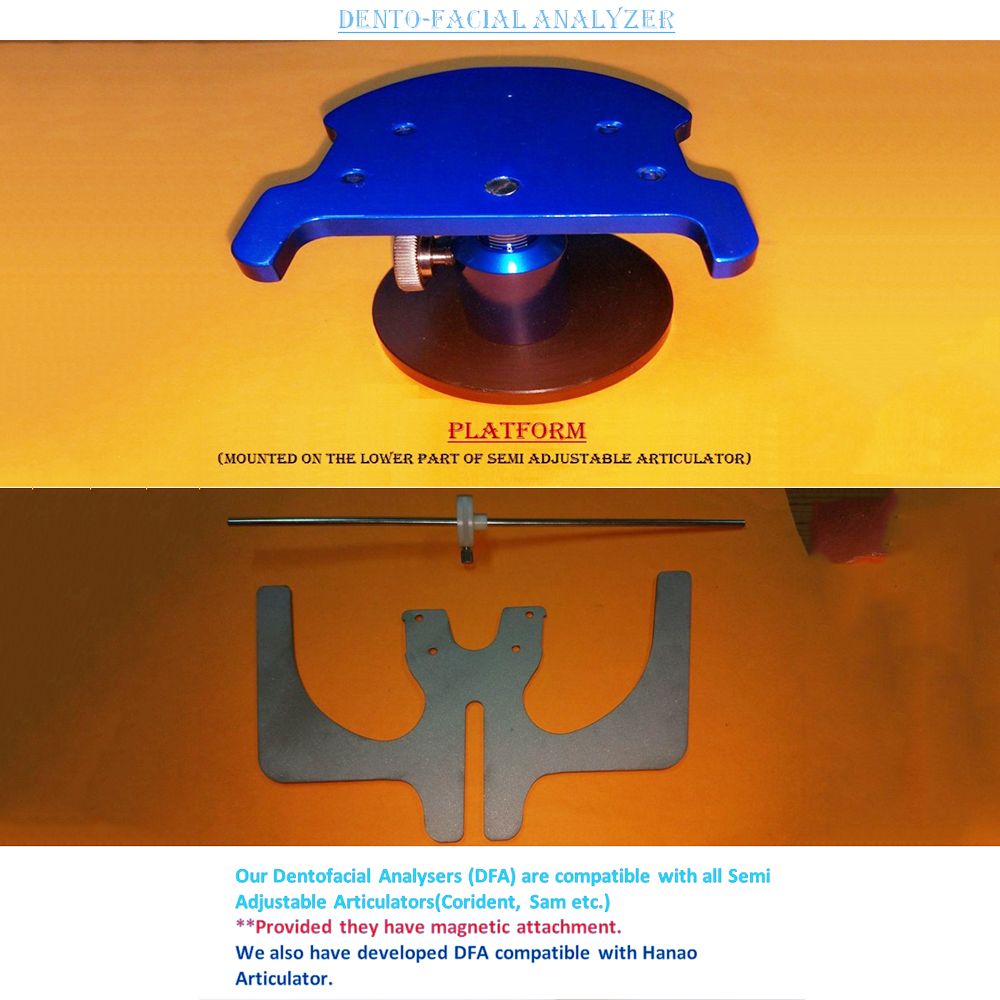

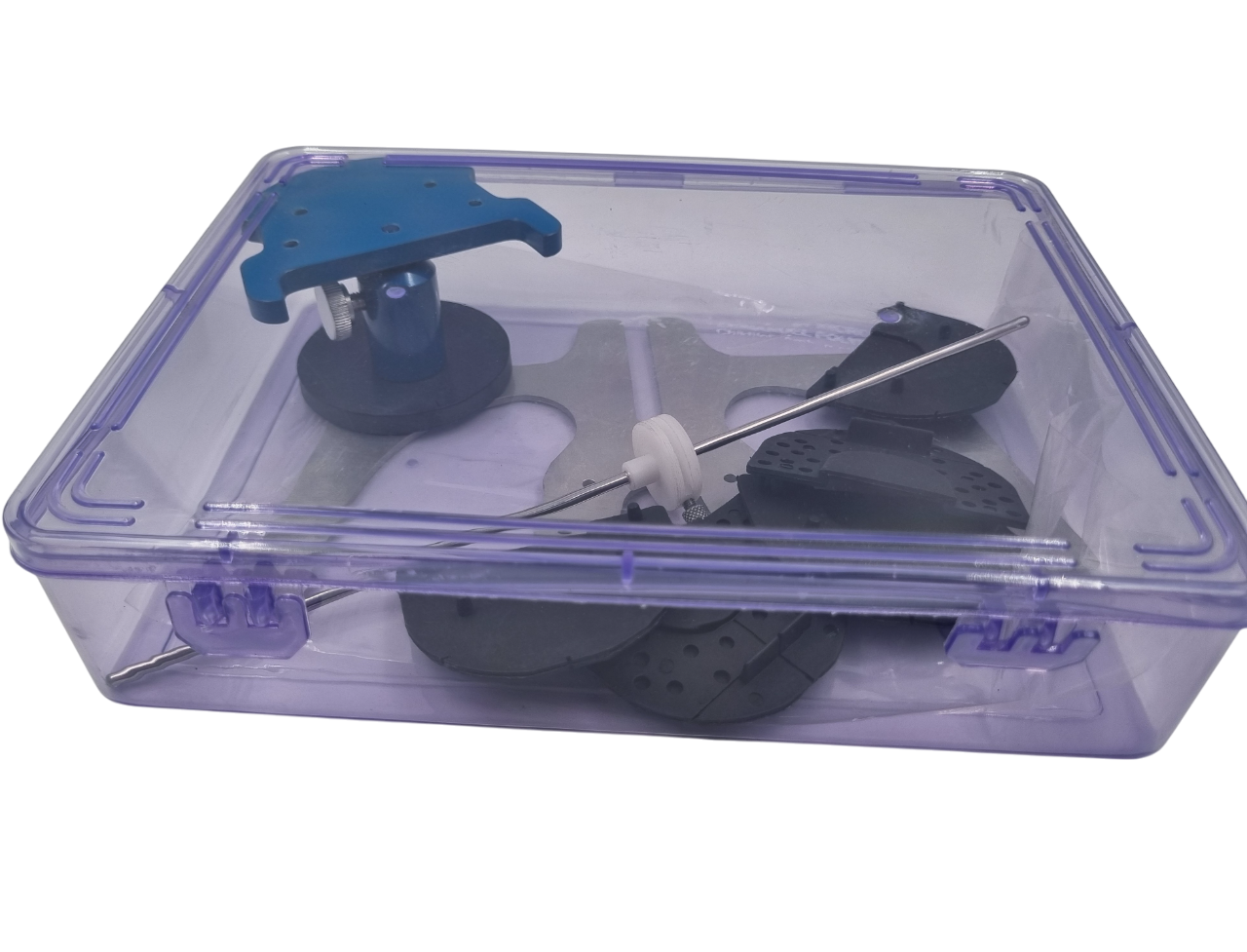


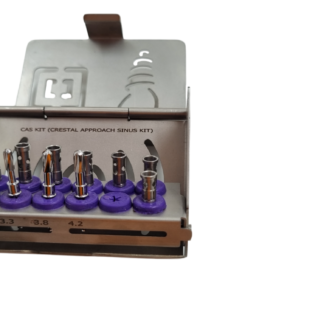

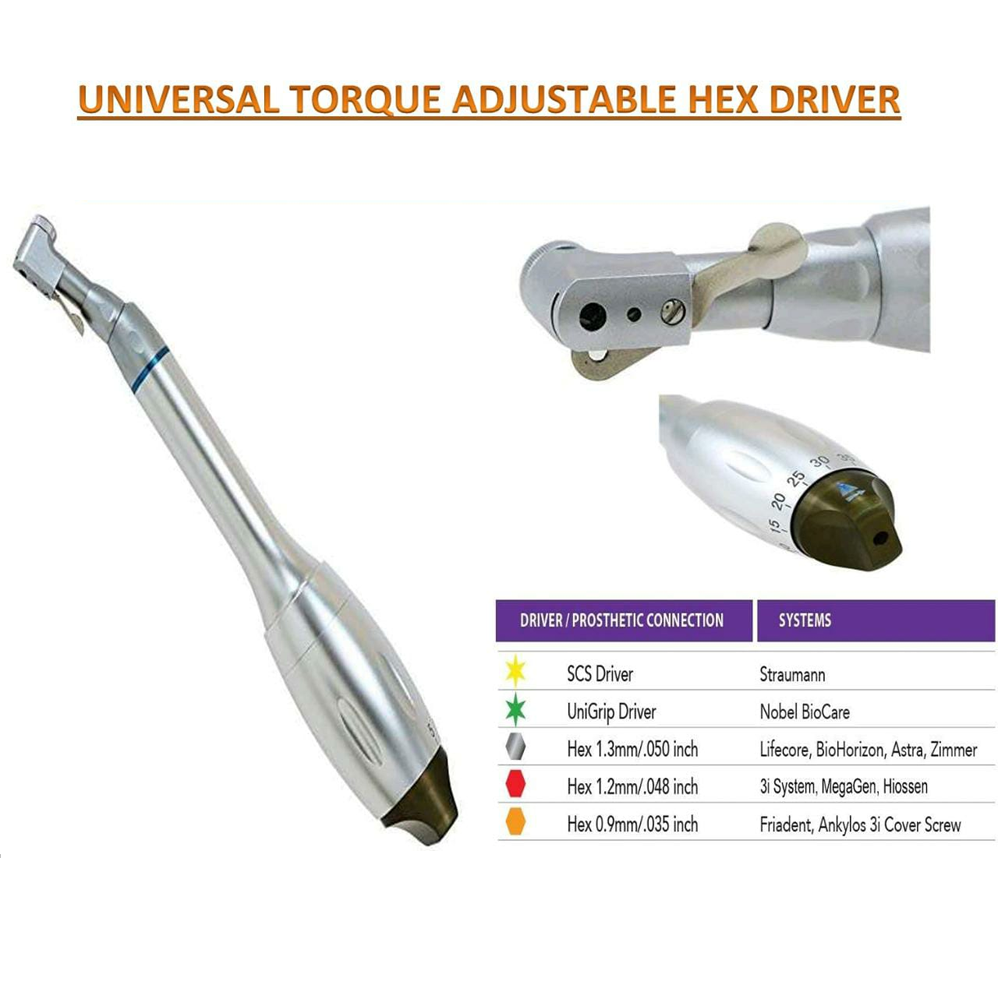



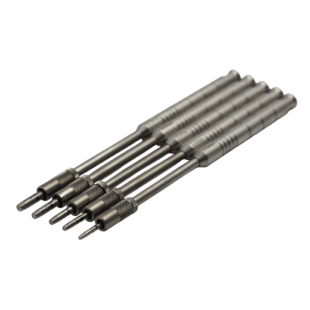
Reviews
There are no reviews yet.